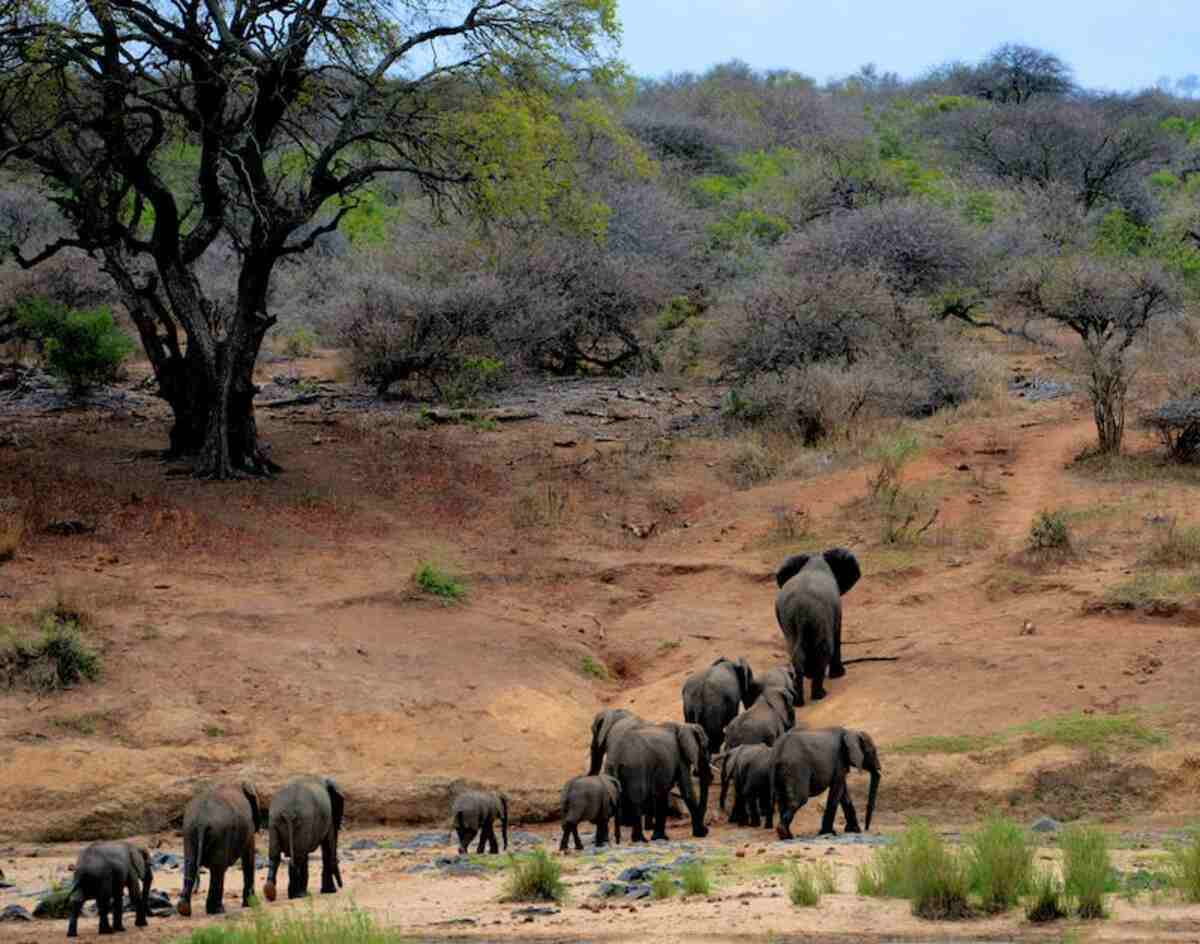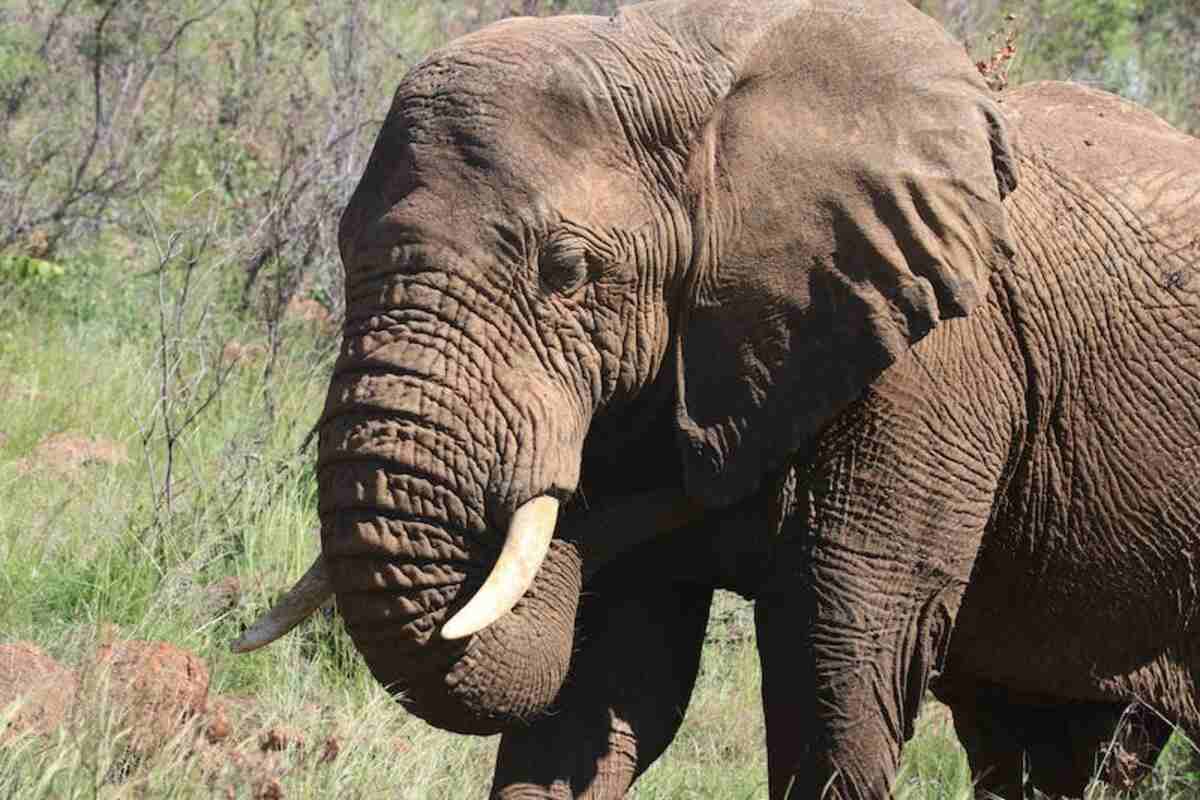There are extensive grasslands and isolated riverine woods in the Jaldapara National Park. The Jaldapara National Park is significant for its ecological value and biodiversity. The Jaldapara Wildlife Sanctuary was its previous name. The Eastern Himalayan foothills are where this national park in West Bengal is situated. It is 124 kilometers from Siliguri and located on the Torsa River in Jalpaiguri’s Alipurduar Subdivision. The critically endangered great one-horned rhinoceros currently have their second-largest habitat in Jaldapara.
History of Jaldapara National Park:
Tribal people called Toto and Mech lived in the Jaldapara National Park before 1800. The area was given the name Totopara as a result. The name of a town and a market in the southern part of the woodland is Jaldapara. It was made a sanctuary in 1941 to safeguard its varied fauna, especially the Indian one-horned rhinoceros. The Indo-Gangetic plains were home to the rhino population in the past. The rhinos’ geographic isolation is brought on by habitat decline. Currently, they are a part of the Jaldapara National Park.
In 2014, the Jaldapara Wildlife Sanctuary received the status of national park. The Gorumara National Park encircles the park, as do the remains of an old fort tucked away in the Chilapata Forest.
Geography:
The Jalpaiguri district of West Bengal is home to Jaldapara National Park. The woodlands of Jaldapara extend from the Mthurabagan tea plantation in the south to the Bhutan border at Totopara in the north. Crossing the northern boundary of the forest is National Highway 317. In the past, the vicinity of this route was the center of tourist activities.
At a height of 61 meters, Jaldapara is surrounded by 216.51 km2 of vast meadows, woodlands, wetlands, and riverine forests. The forest covers roughly 50 kilometres. The woodland is narrow and only 5 to 7 km wide for most of the course.
The park is on the Torsa River bank in the Eastern Himalayan foothills. The following rivers pass through the sanctuary:

- Malangi
- Chirakhawa
- Sissamara
- Hollong
- Kalijhora
This national park’s temperature fluctuates from 12 to 27 °C. It receives a lot of rain during the monsoon, which enables a wide range of plants and flowers to flourish. In the summer, the park’s temperatures can reach a high of 40 °C. As a result, Jaldapara sees a spike in tourism around the start of the winter and summer.
Flora:
The wildlife and vegetation found in the Jaldapara National Park are diverse. Particularly during the monsoon season, the area is awash in flowers and flora. Shishu and khair trees can be found in the Jaldapara National Park. In addition, there are tall grasses, reeds, ferns, palm grass, or Setaria palmifolia.
Fauna:
Asiatic one-horned rhinos are found in Jaldapara, which is widely recognized for its rhino population. The grass marsh, which is fantastic for rhinos, offers them a natural environment for long-term survival. Bison, hispid hares, hog deers, sambar, wild boars, and spotted deer populations are also present in Jaldapara. Asian elephants also live in the national park.
The park is home to various hawks, Bengali floricans, Indian hornbills, jungle fowls, peafowl, partridges, and other species. Eagles like the crested eagle and the fishing eagle can also be seen.
Other birds include:
- The crested serpent eagle
- Pallas’s Fishing Eagle
- Large green-billed malkoha
- White-rumped vulture
- Pied Harrier
- Sparrow hawk
- Hill mynas
Pythons, kraits, and geckos are just a few examples of reptiles.

Forest Visit
You can experience exhilaration by embarking on a daring elephant ride in the morning. Jaldapara offers fantastic experiences, such as seeing rhinoceros in a muddy pond, an elephant herd, or a herd of sprinting deer. As a reminder, reservations for the elephant rides must be made on the spot. The few accessible elephants cannot accommodate the vast number of people who swarm to the Park for most of the year. The alternative method of exploring the woodland is with a jeep safari.
Conclusion:
Outside of Assam and Nepal, the Jaldapara National Park is a gene pool reserve for the great one-horned rhino. Jaldapara is situated at a 61 m altitude. It is located close to the Eastern Himalayan foothills on the banks of the Torsa River in Alipurduar District, northern West Bengal. The refuge is home to a variety of beautiful plants and animals.

